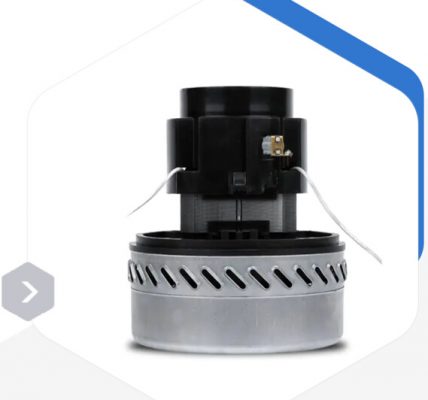Diode Laser: Revolutionizing the World of Optoelectronics
Introduction:
Diode lasers have gained immense popularity in the field of optoelectronics due to their unique character LED (light-emitting diode) istics and applications. This article will delve into the manufacturing process, features, advantages, usage methods, tips for selecting this product, and conclude with its significance in modern technology.
Manufacturing Process:

The diode laser is a semiconducting device fabricated through various techniques such as molecular beam epitaxy or metal organic chemical vapor deposition. These processes ensure precise control over layer thickness and composition necessary for optimal performance. The integrat VCSEL (vertical cavity surface emitting laser) ion of p-type and n-type layers creates a pn junction which serves as the active medium within the diode laser.
Features:
Edge emitter designs are common in diode lasers, providing high optic diode laser al power output with improved beam quality. Additionally, LED (light-emitting diodes), VCSELs (vertical cavity surface emitting lasers), semiconductor lasers such as quantum well-based structures are also prevalent types of diode lasers available on the market.
Advantages:
Diode laser Edge emitter s offer numerous advantages over traditional light sources. They exhibit high energy efficiency due to direct electrical-to-optical conversion. Moreover, they boast compact size, reliability, long operational lifetimes exceeding thousands of hours, excellen diode laser t modulation capabilities making them ideal for communication systems and consumer electronics applications.
Usage Methods:
One popular application of diode lasers is in optical communications where they act as transmitters by converting electrical signals into optical signals that can be transmitted through fiber optics with minimal loss. They find extensive use in barcode

scanners, laser printers; medical treatments like hair removal; industrial cutting and soldering processes; scientific research involving spectroscopy and microscopy; military purposes including target design diode laser ation; etcetera.
How to Select Diode Lasers?
When choosing a suitable diode laser for y diode laser our specific needs it’s important to consider factors like wavelength range compatibility with required applications since different wavelengths cater to diverse requirements. Other important aspects include power output, beam quality, temperature stabilities, packaging options, and cost diode laser .
Conclusion:
Diode lasers have revolutionized optoelectronics with their remarkable features and widespread applications. From medical to industrial sectors and research labs, diode lasers have become an integral part of various fields due to their efficiency, small form factor, reliability, and versatility. As technology advances further, we can expect to witness even more exciting developments diode laser in this realm. Diode laserdiode laserdiode laser


